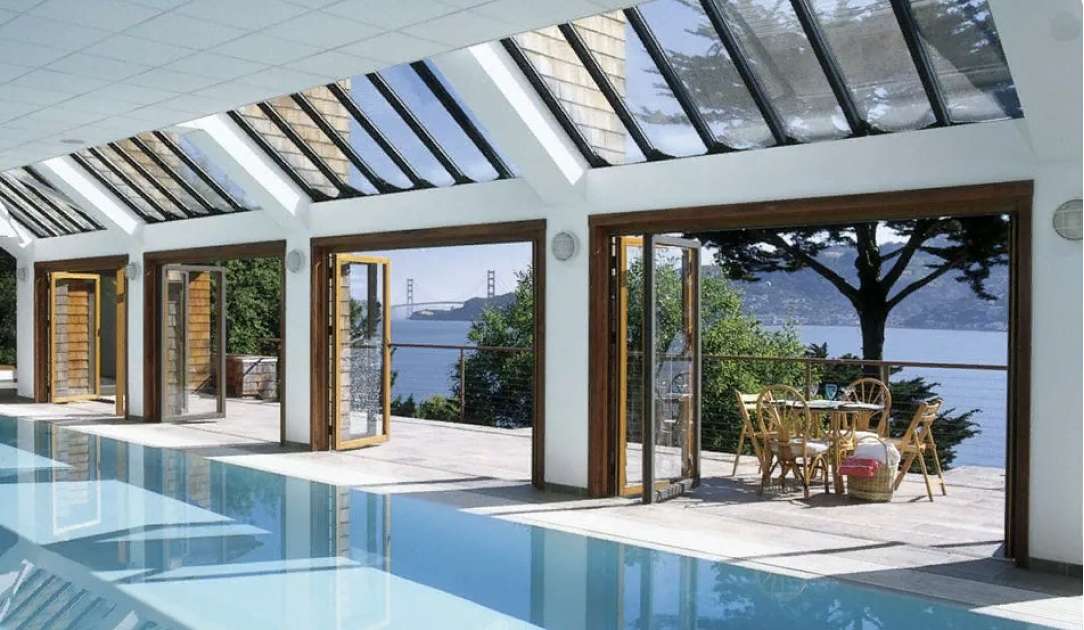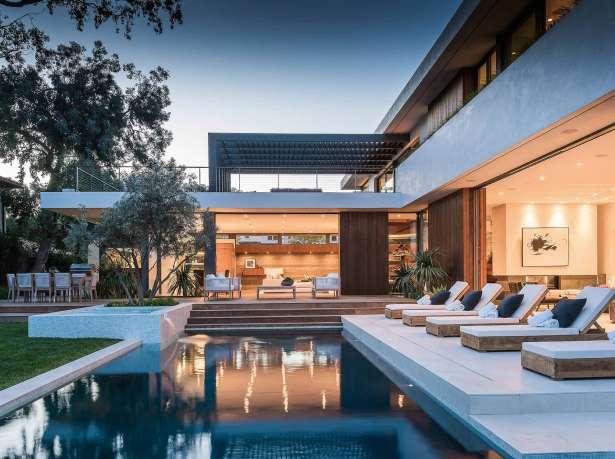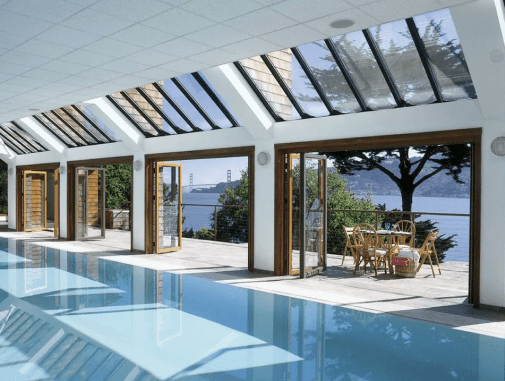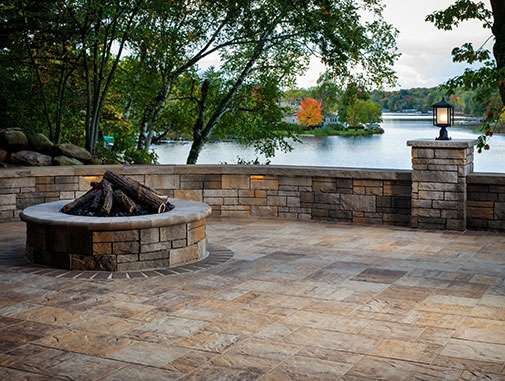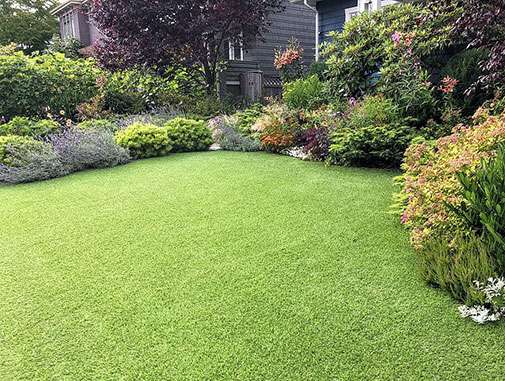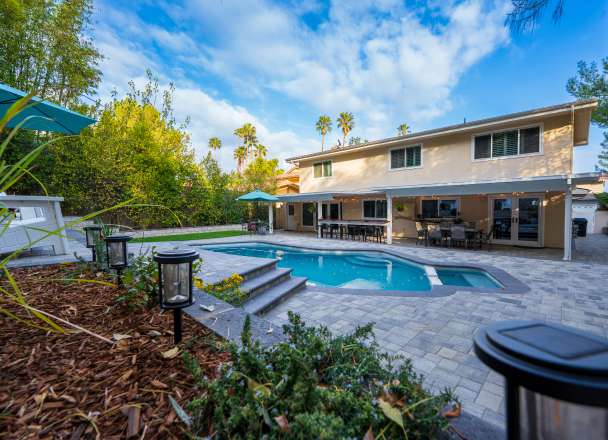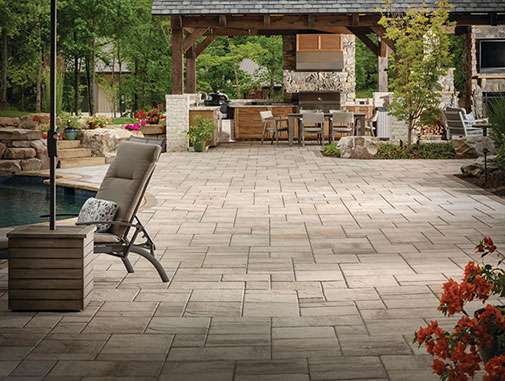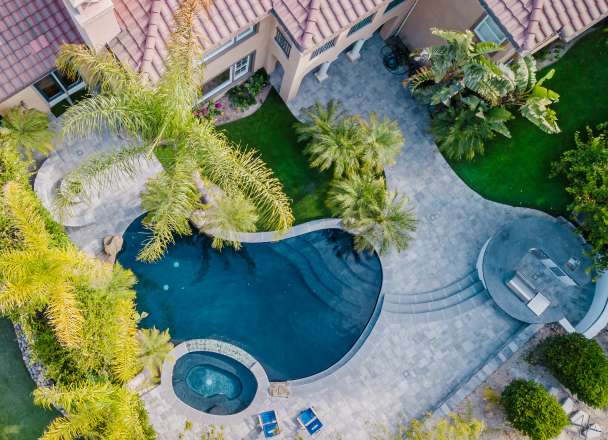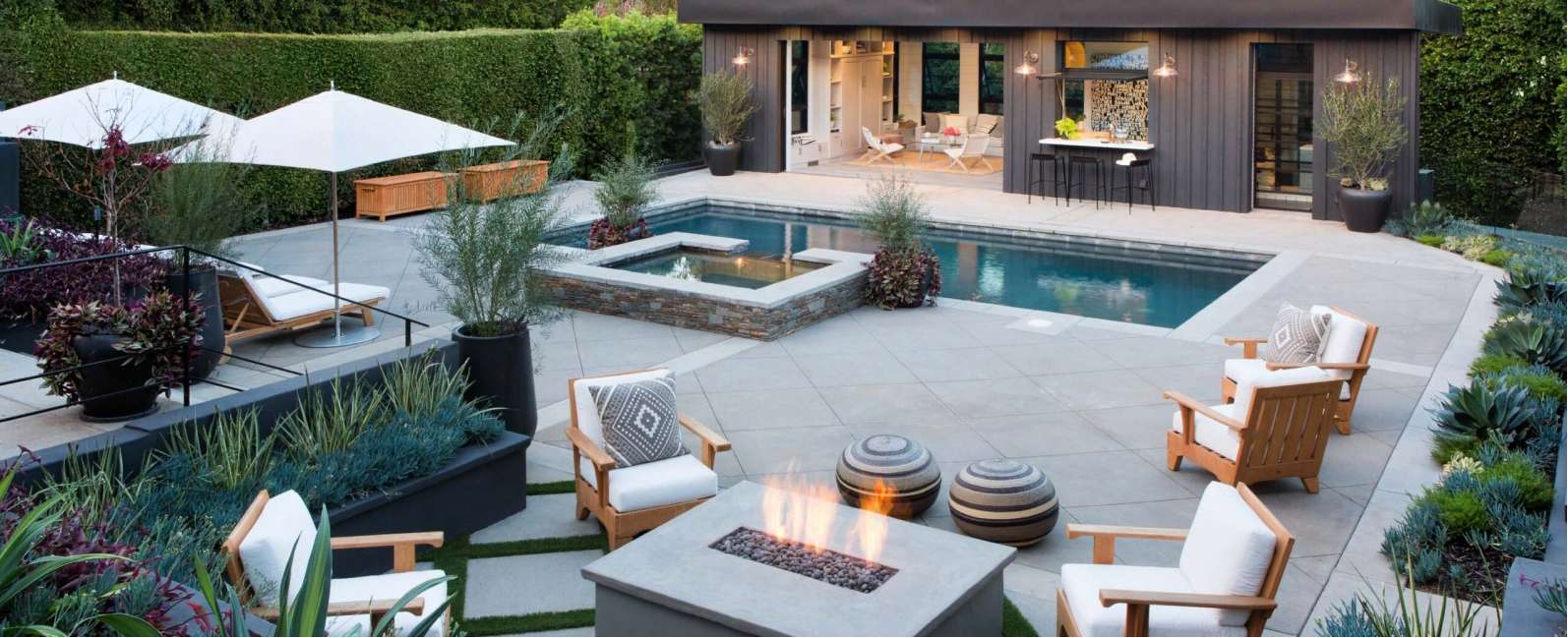Debunking Common Misconceptions About ADU Costs Per Square Foot
- #General Remodeling

- Smooth Plaster Finish
- Shimmering Pebble Finish
The cost per square foot for building an ADU varies significantly based on factors like location, size, design, complexity, and materials used, debunking the misconception that ADU construction costs are uniformly priced. Moreover, while many believe building an ADU is always cheaper per square foot compared to traditional homes, costs can range from $100 to $550, showing this is not always the case.
Introduction to ADU Costs Per Square Foot
Accessory Dwelling Units (ADUs) are becoming more popular for their extra space and potential rental income. However, understanding the cost per square foot to build an ADU is not straightforward. Various factors like size, complexity, location, materials, and labor costs affect the overall expenses.
- Cost Variation: From 2000 to 2021, the cost to build an ADU in California rose from $150 to $250 per square foot due to increased labor costs, more expensive materials, and stricter regulations.
- Permits and Regulations: Different locations have varying rules which can significantly impact the total cost. Working with an ADU expert can make this process smoother and more cost-effective.
- Return on Investment: ADUs can be a good investment, especially when rented out. However, smaller units might not enjoy the economies of scale that larger projects do, and custom features can increase costs.
Building an ADU can range from $100 to $300 per square foot. Prices vary if it’s attached, detached, or converted from existing structures. Prefabricated units are typically cheaper and faster to construct.
- Cost Drivers: Factors influencing the cost include zoning laws, whether the ADU is prefabricated or custom-built, interior finishes, and potential delays in construction.
- Labor Costs: Labor can account for 40% to 60% of the total project cost.
- Value Increase: Properly built ADUs with modern amenities can significantly boost property value.
To manage costs effectively:
- Opt for a simpler design or a smaller unit.
- Consider DIY options where feasible.
- Choose prefabricated models and more affordable materials.
- Sharing utilities with the main house can also cut down expenses.
Before starting your ADU project, make sure to check local zoning regulations and building codes. Planning ahead and consulting with experts can help establish a realistic budget that considers both initial and long-term costs.
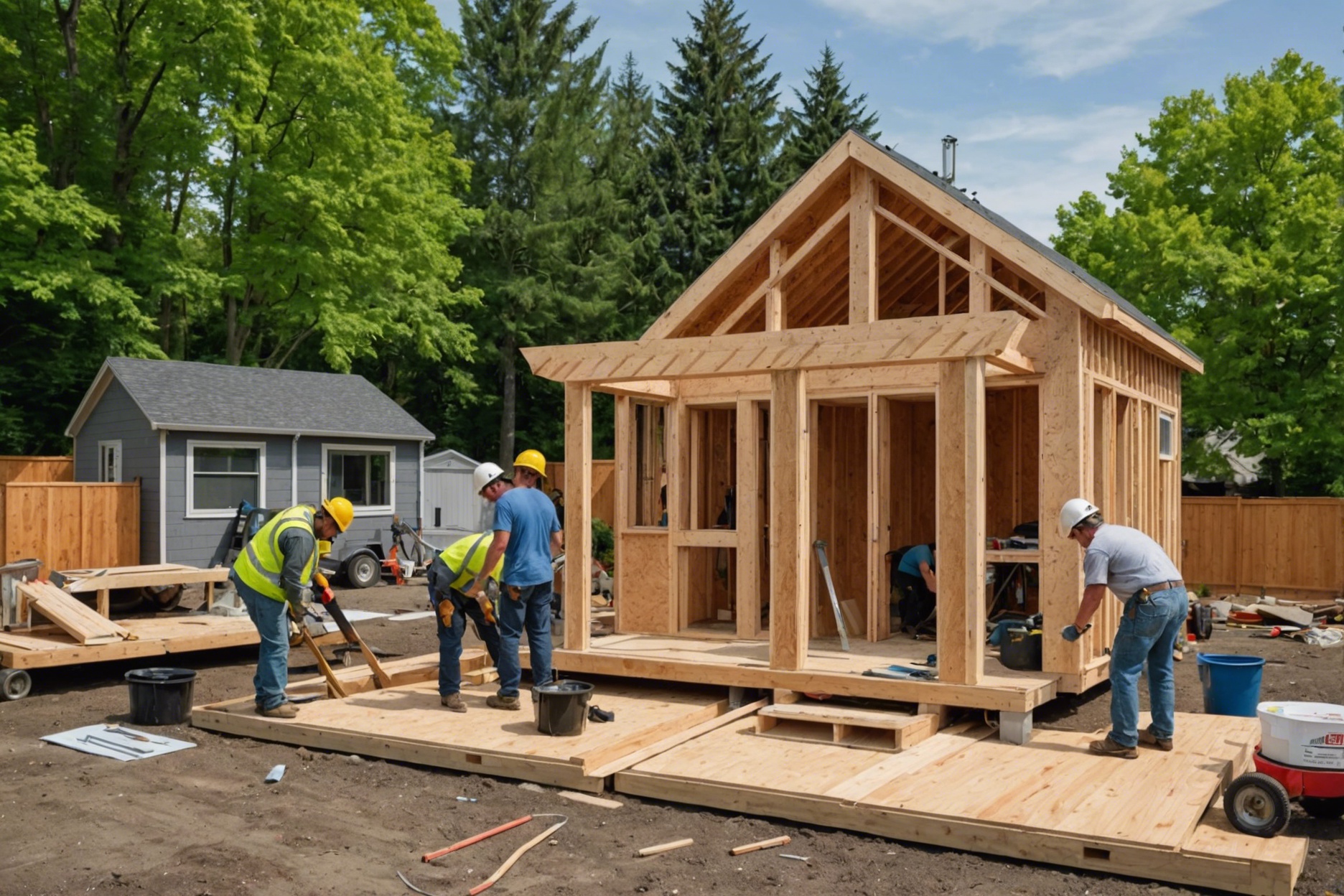
Misconception 1: ADUs Are Uniformly Priced
Many people think that the cost per square foot for building Accessory Dwelling Units (ADUs) is the same everywhere, but that’s not true. Here’s why:
- Location Matters: The cost to build an ADU can vary greatly depending on where you live. For example, prices have risen from $150 to $250 per square foot in California from 2000 to 2021 due to higher labor and material costs and stricter regulations.
- Size and Design: Smaller ADUs don’t necessarily cost less per square foot than larger ones. Custom designs and finishes can also drive up costs.
- Type of ADU: Costs differ based on whether the ADU is attached to your home, a separate building, or a converted garage. Each type has different construction and material needs.
- Permits and Regulations: The necessary permits and their costs can vary by location. Typically, permit costs for ADUs range from $5,000 to $10,000.
- Construction Costs: Factors like labor rates, and the price of materials like plumbing fixtures and appliances, significantly affect the overall cost. Stick-built ADUs can cost between $350 to $550 per square foot. Converting a garage into an ADU might start at around $110,000.
- Planning for Extras: It’s wise to include a contingency budget of 10-15% for unexpected costs during construction.
Building an ADU is a complex project influenced by many factors, not just the basic cost per square foot. Understanding these factors will help you set a realistic budget that considers both upfront costs and the long-term value of the ADU.
Misconception 2: Cheaper Per Square Foot Than Traditional Homes
- Many believe building an Accessory Dwelling Unit (ADU) is always cheaper per square foot than traditional homes. This is not always true due to several factors.
- Costs for ADUs range from $100 to $550 per square foot. The variation depends on whether the ADU is attached, detached, or a garage conversion.
- Factors like location, size, design, and material choices significantly impact the total cost. More complex designs and high-quality materials drive up expenses.
- Permit fees and site preparation also add to the cost, with permits alone costing between $5,000 to $10,000.
- Labor costs account for a substantial portion of the budget, ranging from 40% to 60% of total expenses.
- Prefabricated ADUs can be less expensive and quicker to build than custom-built ones.
- To manage costs effectively:
- Opt for simpler designs.
- Choose smaller sizes.
- Consider DIY options for some tasks.
- Select more affordable materials.
- Share utilities with the main house if possible.
- Despite the high initial costs, building an ADU can increase property value and offer potential rental income, making it a worthwhile investment for many homeowners.
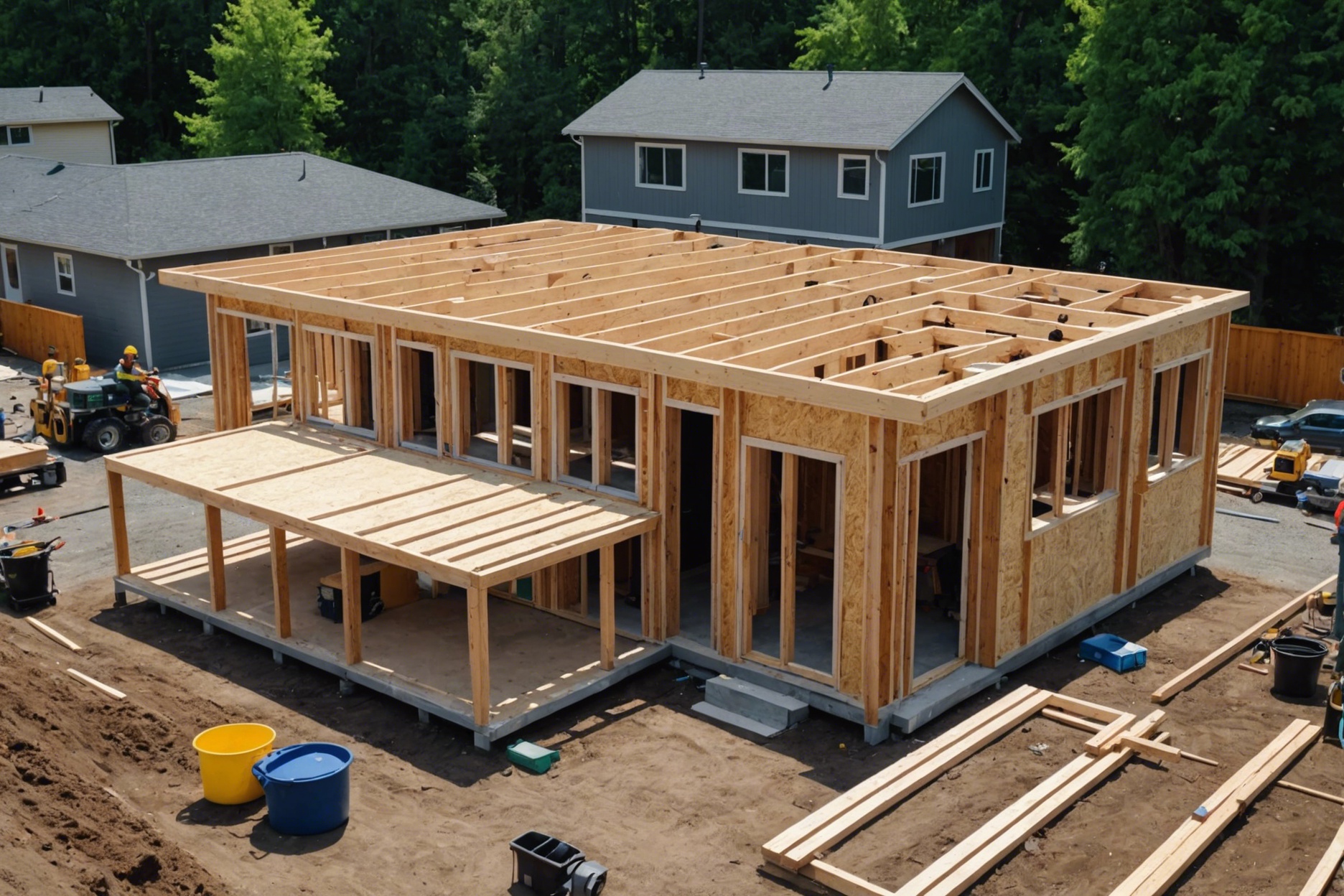
Misconception 3: Cost Reduction Through DIY
Some homeowners think building an Accessory Dwelling Unit (ADU) themselves can significantly cut costs. While this DIY approach does offer some benefits, it also comes with various risks and potential financial pitfalls. Here’s a detailed look:
- Pros of DIY ADU Construction:
- Cost Savings on Labor: You don’t pay for labor, which can be a substantial part of the construction budget.
- Control Over the Project: From design to execution, you manage every detail.
- Flexibility: Work at your own pace and make adjustments as needed.
- Skill Building: Gain valuable construction experience.
- Cons of DIY ADU Construction:
- Skill Requirements: A wide range of skills is necessary, from design to compliance with building regulations.
- Time Commitment: Building an ADU is time-consuming and can conflict with other responsibilities.
- Potential for Higher Costs: Without professional discounts, costs for materials can be higher.
- Regulatory Challenges: Ensuring compliance with building codes and laws can be complex.
- Risk of Poor Quality and Maintenance Issues: Mistakes can lead to future maintenance problems or failure to meet safety standards.
When considering a DIY ADU project, remember the importance of:
- Planning and Legal Compliance: Understand all building laws and obtain the necessary permits. Regular inspections are crucial to ensure safety and compliance.
- Resource Management: Be prepared for the challenges of sourcing materials and managing a construction schedule.
For those unsure about managing such a project alone, hiring a professional contractor might be a better option. Contractors bring expertise, experience, and can often secure materials at lower costs. If cost is a concern, discuss budget management and cost-effective materials with a seasoned contractor. At EHD Builders, we offer ADU construction services that ensure quality, compliance, and efficiency. Consider our financing options to help manage the investment in your property.
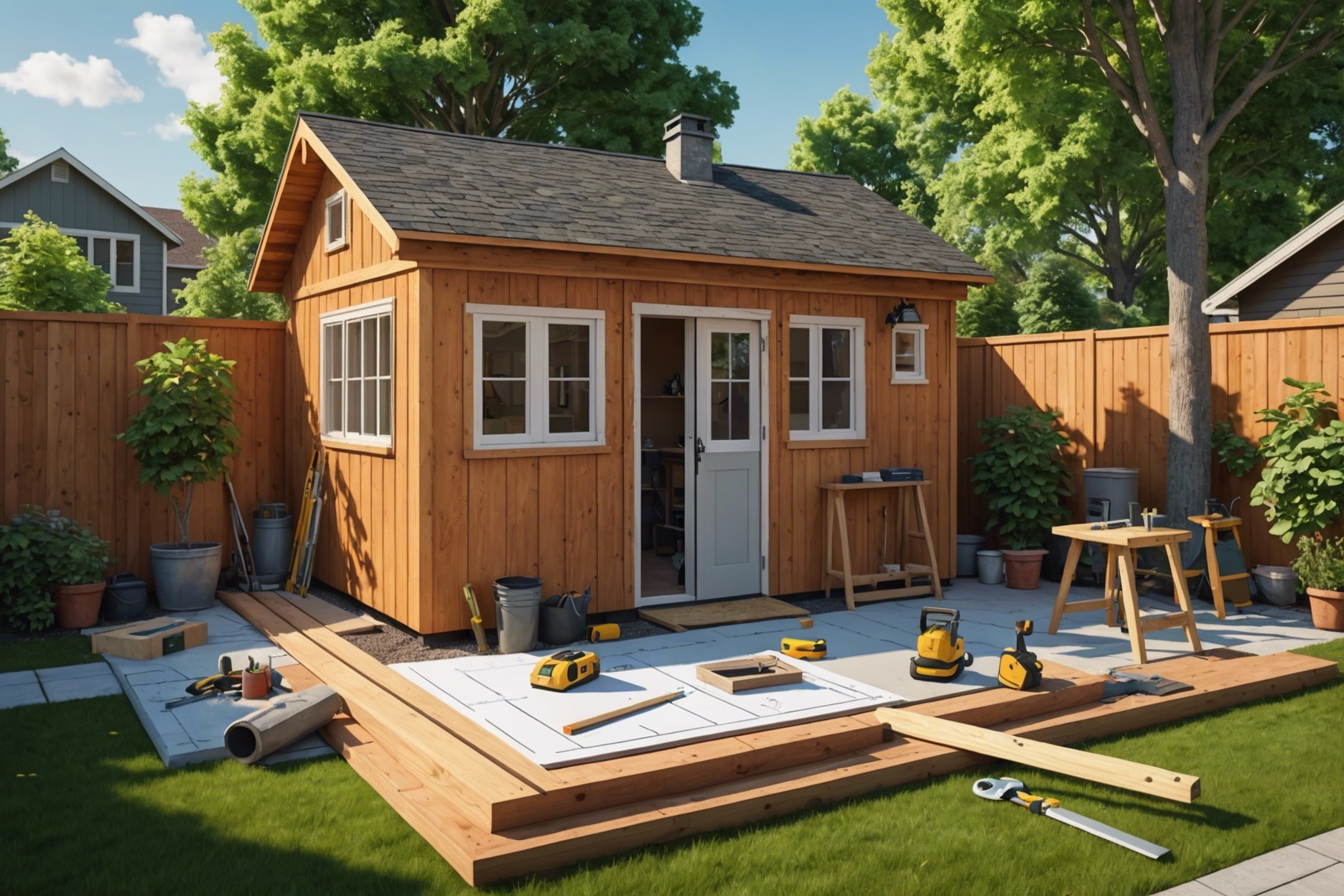
FAQ
What factors affect the cost per square foot to build an ADU?
The cost per square foot for building an Accessory Dwelling Unit (ADU) is influenced by various factors including size, complexity, location, materials, and labor costs. Additionally, permits and regulations that differ by location can significantly impact the total expense.
How have ADU costs changed in California between 2000 and 2021?
From 2000 to 2021, the cost to build an ADU in California increased from $150 to $250 per square foot. This rise in costs is attributed to escalated labor costs, more expensive materials, and tighter regulations.
Is the cost for constructing ADUs consistently cheaper than building traditional homes?
No, constructing an ADU is not always cheaper per square foot than traditional homes. Costs can range from $100 to $550 per square foot, depending on whether the ADU is attached, detached, or a garage conversion, along with factors like design complexity and material quality.
What are common misconceptions about ADU pricing?
A common misconception is that ADUs are uniformly priced everywhere. However, costs can vary greatly based on location, design size, ADU type, permit costs, and construction factors like labor and materials.
Can DIY methods significantly reduce the costs of building an ADU?
While DIY construction can substantially save on labor costs and offer control over the project, it requires adequate skills, a significant time commitment, and poses risks like higher material costs, regulatory challenges, and potential quality issues. For those not experienced, it might be more cost-efficient to hire a professional contractor.
What steps can be taken to effectively manage ADU construction costs?
To manage ADU construction costs, you may consider opting for simpler designs, smaller sizes, DIY tasks where feasible, using more affordable materials, and sharing utilities with the main house. Additionally, planning thoroughly and consulting experts can help in avoiding unnecessary expenses and ensuring compliance with local regulations.
How can an ADU increase property value despite the initial high costs?
A well-constructed ADU with modern amenities can significantly boost property value, offering potential rental income, which can make it a worthwhile investment. It’s important to consider both the upfront costs and the long-term value when planning ADU construction.
